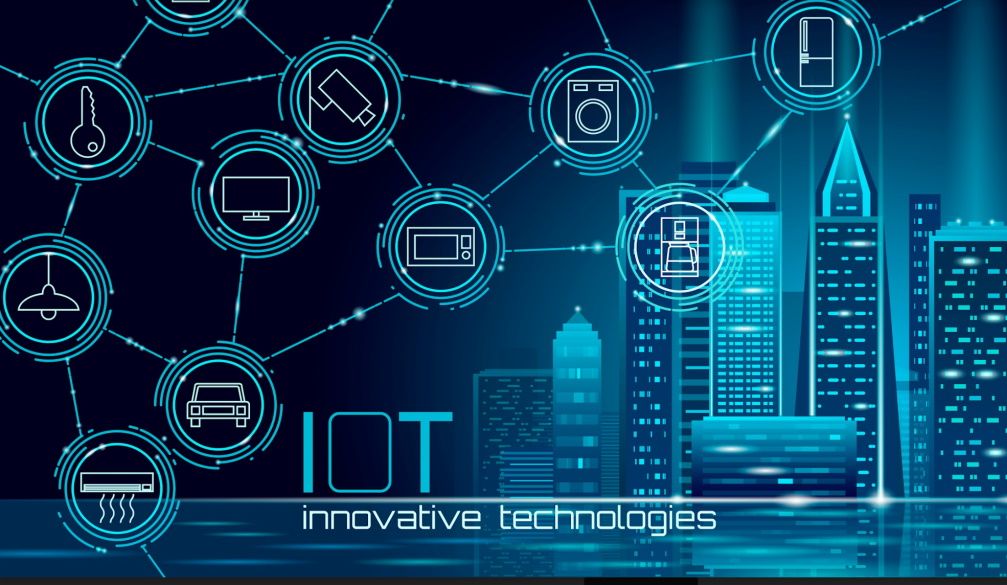9 Types Of Smart Building Sensors And Their Uses

Internet technology is fast becoming a top priority in building construction to help with the harmonization of crucial functions, such as building structure and service and management systems, into one unit. Smart building sensors are products of integrations of building construction and the Internet that aim to bring a comfortable yet efficient living environment.
Unlike manual building management, intelligent building sensors streamline environmental and operational responses by collecting valuable data from the building users. They present real-time information through customized front-end features favorable to the building occupants, and can conveniently change to your preferred settings.
The sensors leverage Internet of things (IoT) to successfully communicate the prescribed settings and ensure safety for users. You can visit sites like https://widesky.cloud/about/ to get more insights into how the combination of IoT and sensors works.
Here are nine smart building sensors and their use:
- 1. Temperature Sensors
Temperature sensors are straightforward since they respond to environmental temperature. You can install such sensors in several places depending on your needs. They measure and communicate real-time atmospheric temperatures.
Typically, HVAC systems have temperature sensors for indoor installations that serve several functions, such as overheating machine protection in manufacturing or cold rooms in the food industry. However, you can also install temperature sensors outdoors to monitor the environmental conditions.
- 2. Humidity Sensors
When measuring the humidity or moisture in the air, humidity sensors are the best tools. They are hand in hand with temperature sensors, but they have different functions in buildings.
Humidity sensors are ideal for places where moisture in the air is a threat to the functionality of machines or operations. Machines and equipment that rust due to moisture are typical examples where humidity and temperature sensors are relevant. Hospitals, labs, and homes are areas where you can find humidity sensors since high humidity in the air promotes germ production.
- 3. Air Quality Sensors
Air quality sensors play a particular function in the environmental protection front. They use IoT and computer technology to process air pollution or contamination information.
The information goes to the government for further assessment to determine if the air quality is conducive and can support life. The air quality sensor can work as an air purifier or freshener for indoor use in smart buildings. In addition, you can use a remote to control how it operates within the structure.
- 4. Smoke Sensors
Smoke sensors use a sophisticated infrared technological connection to communicate fire alerts in buildings. They use intense light distribution to transmit the smoke concentration in a room or building through a photosensitive tube within the sensor. The fire alarm will go off once an electric signal comes from the photosensitive line.
Furthermore, smoke sensors require technical and mechanical prowess to link fire equipment, such as sprinklers, with the firefighting department for quick response. In addition, the smoke sensors come with an action plan when the fire alarm rings.
- 5. Motion Sensors
Motion sensors are smart building sensors that use infrared technology to function. They detect movement in a building or area by sending an electronic signal to the receiver, and it triggers an appropriate response.
Typically, motion sensors function well where security is a risk and, in some cases, when monitoring personnel availability through occupancy detection.
- 6. Light Sensors
Smart buildings use light sensors to detect and measure the amount of light in a room of the whole building. Their underlying technology combines motion sensors that communicate occupancy first, then, light comes on.
In addition, the light sensor reacts to the weather outside, and it can automatically switch on when it’s dusk, and then switch off at dawn. You can use the illuminance controls to switch lights on and off indoors automatically.
- 7. Water Leakage Sensors
It’s challenging to monitor water leakage in buildings, and it can attract expensive repair costs if not detected early. Water leakage sensors provide a perfect solution to such problems by sending real-time leakage from pipes and other plumbing connections.
In addition, water leakage sensors can save you from electrocution hazards resulting from wet floors and stagnant water coming into contact with electric wires in your house.
- 8. Contact Sensors
Contact sensors are best for doors and windows. Also, they have safety functions on refrigerators and cabinets to detect whether they’re open.
Contact sensors promote accountability in buildings by collecting data of users and access frequency to the building. They’re ideal fixtures for sensitive offices and high-security level installations.
- 9. Electrical Current Monitoring Sensors
Monitoring energy consumption is a rare practice that you can ignore until your utility bill comes in the post or email. Electric current monitoring sensors give real-time consumption per circuit, and they can help you identify high energy-consuming electronics or machines in your house.
In addition, you’ll spot which ones don’t perform as expected, and you can decide to eliminate or replace them, thereby saving you time and money.
Final Thoughts
Smart sensors perform several crucial functions in a building that can be convenient for you and the people who’ll be in the premises, too. You must identify the threats or needs, and match them with appropriate smart building sensors. In addition, it’s wise to consider the cost of installation as well so you won’t go over your budget.




